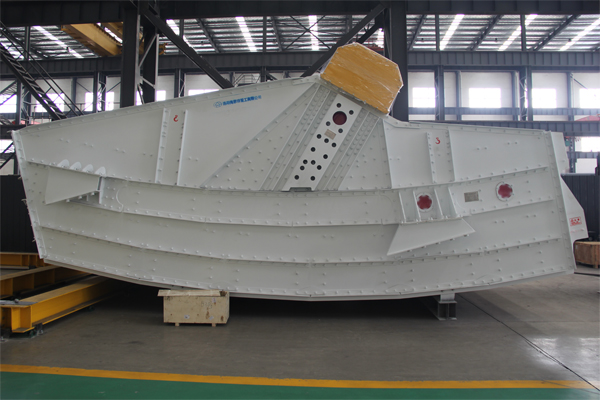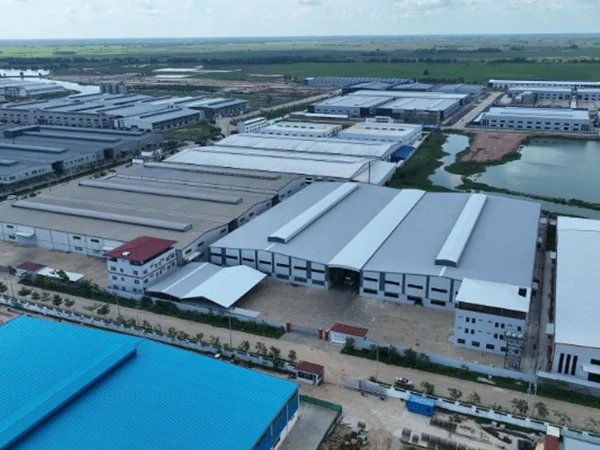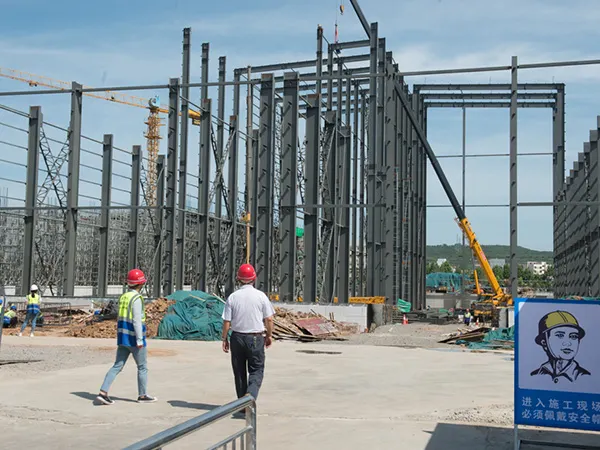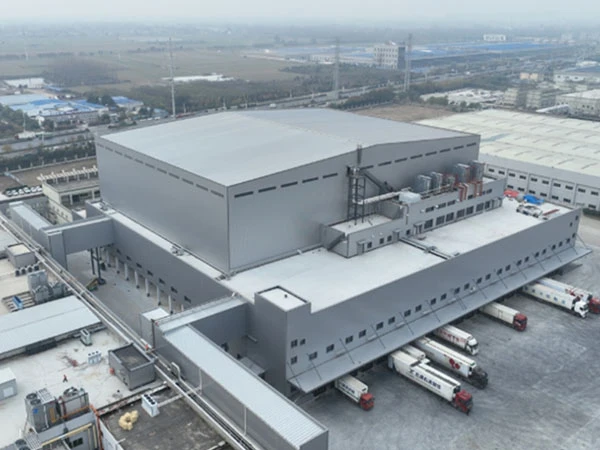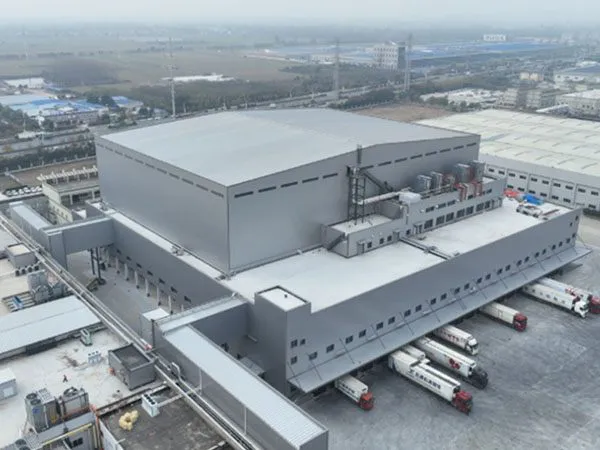В фосфатной промышленности, достижение высокой эффективности измельчения при одновременном контроле эксплуатационных затрат имеет решающее значение для максимизации прибыльности. Шлифовальные валки высокого давления (HPGR) стали революционной технологией, предлагая значительные преимущества по сравнению с традиционными методами измельчения, такими как шаровые мельницы..
Почему HPGR повышает эффективность измельчения
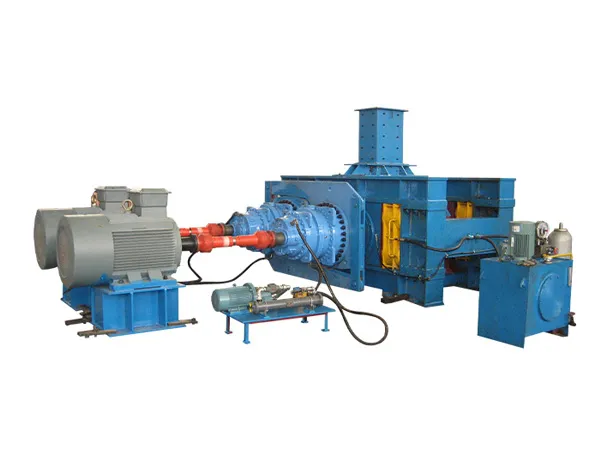
Системы HPGR используют мощные сжимающие силы для дробления фосфатных пород между двумя вращающимися в противоположных направлениях валками.. Этот процесс создает уникальный эффект микроразрыва., который производит более мелкие частицы и усиливает высвобождение фосфатных минералов. По сравнению с традиционными методами шлифования, HPGR может снизить потребление энергии при сохранении или даже увеличении пропускной способности..
Путем оптимизации размера сырья и регулировки рабочего давления, производители фосфатов могут добиться более равномерного распределения частиц по размерам. Это улучшение не только приносит пользу последующим процессам, таким как флотация и химическая обработка, но также снижает износ оборудования., снижение затрат на техническое обслуживание с течением времени.
Экономические преимущества технологии HPGR
Переход на HPGR во многом обусловлен его высокой экономической эффективностью.. Ключевые финансовые преимущества включают в себя:
Снижение энергопотребления: HPGR обычно потребляет на 20–30 % меньше энергии, чем традиционные шаровые мельницы., прямое снижение расходов на электроэнергию.
Снижение затрат на техническое обслуживание: С меньшим количеством движущихся частей и меньшим абразивным износом., Системы HPGR требуют менее частого обслуживания..
Более высокая пропускная способность: Повышенная эффективность измельчения позволяет предприятиям перерабатывать больше материала за меньшее время., увеличение общего объема производства без существенных капиталовложений.
…
Для получения более подробной информации о том, как валковые мельницы высокого давления могут повысить эффективность и снизить затраты при производстве фосфатов., пожалуйста, нажмите, чтобы посетить:https://www.zymining.com/en/a/news/high-pressure-grinding-rolls-for-phosphate-production.html




